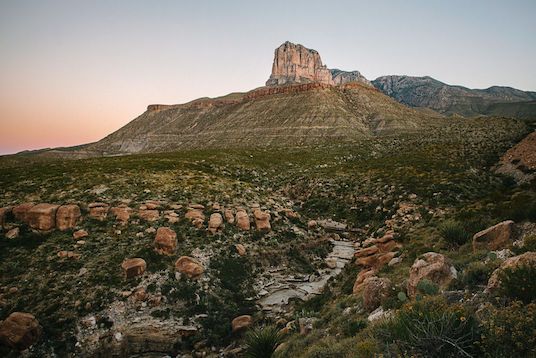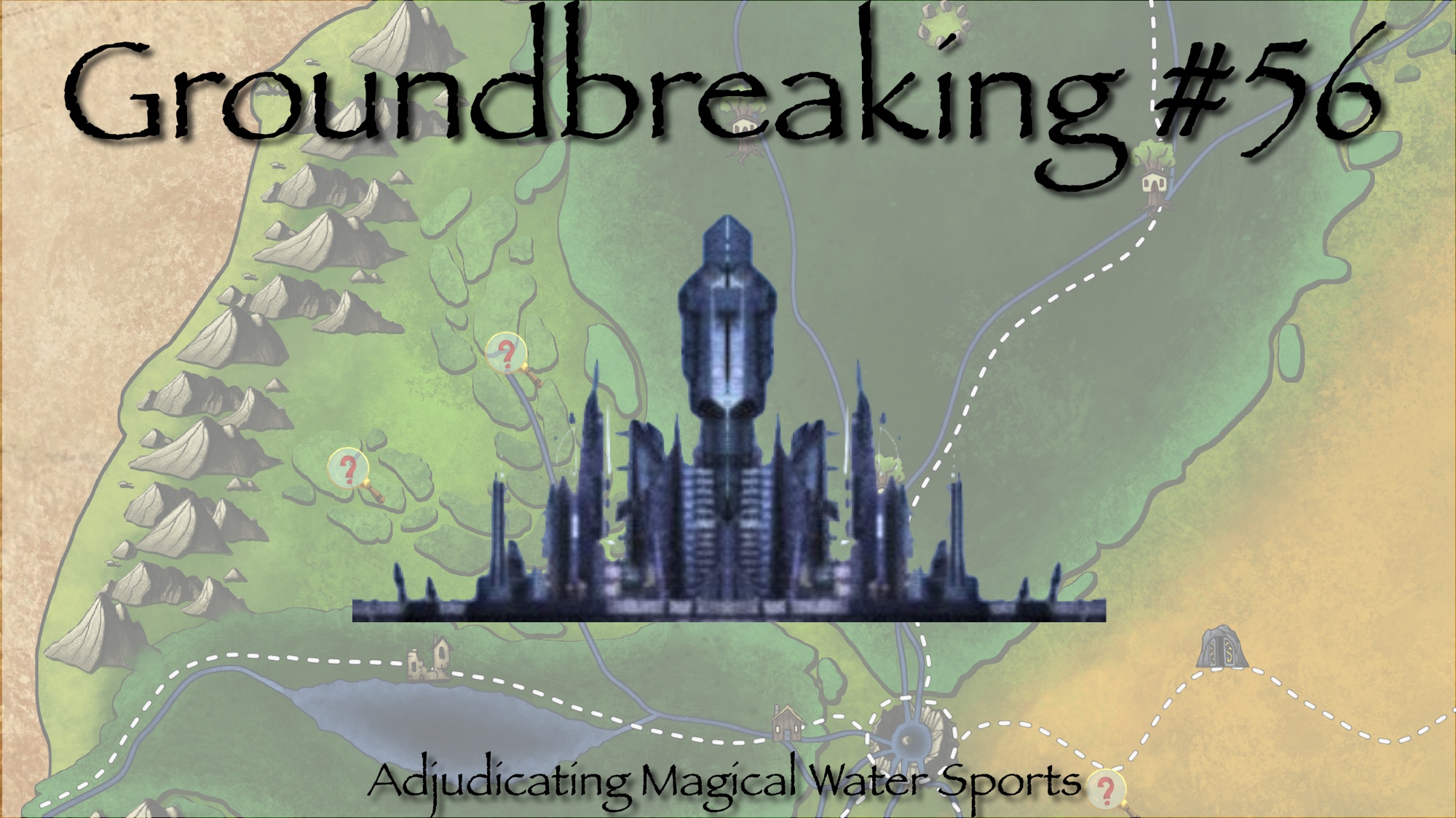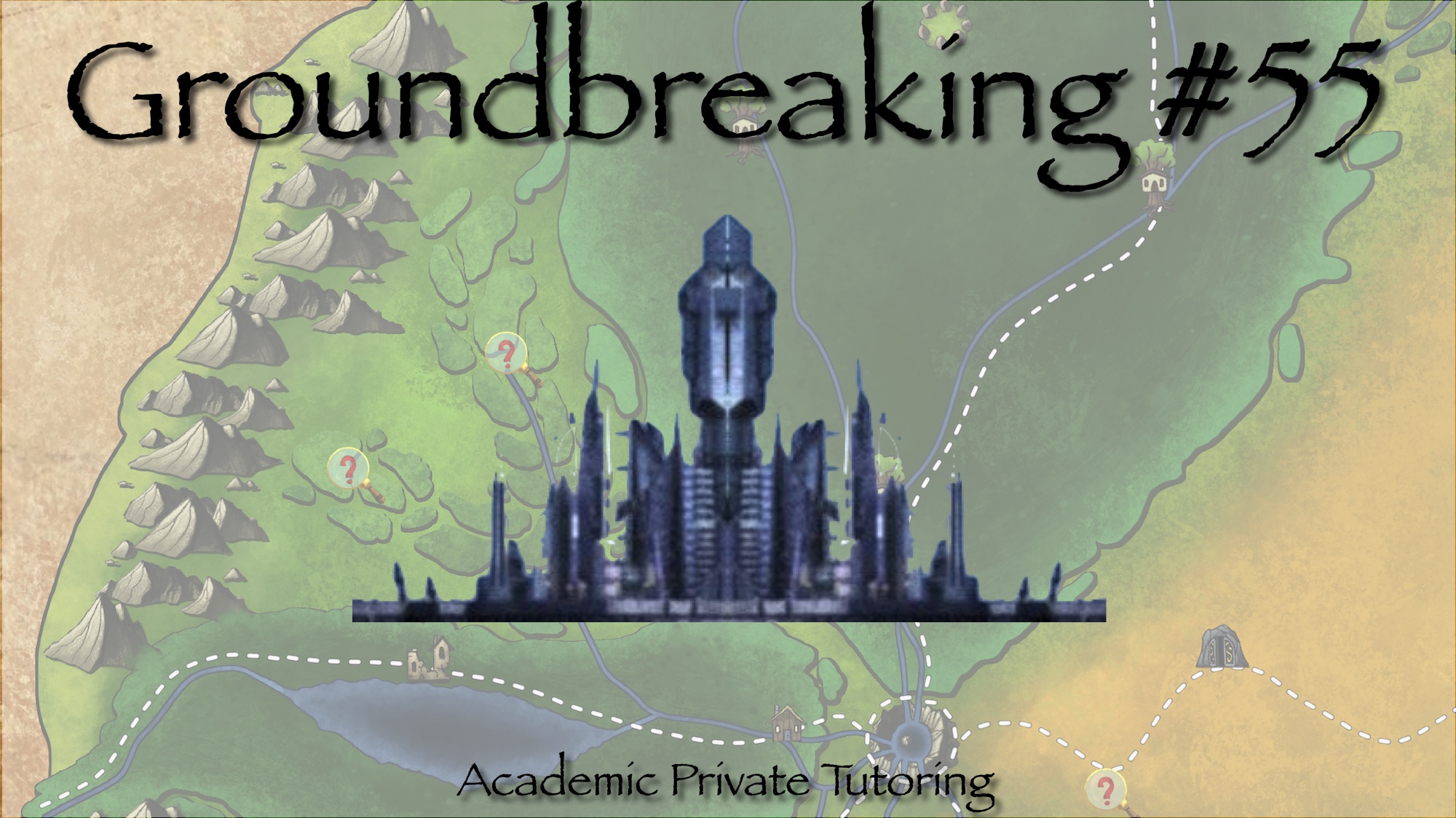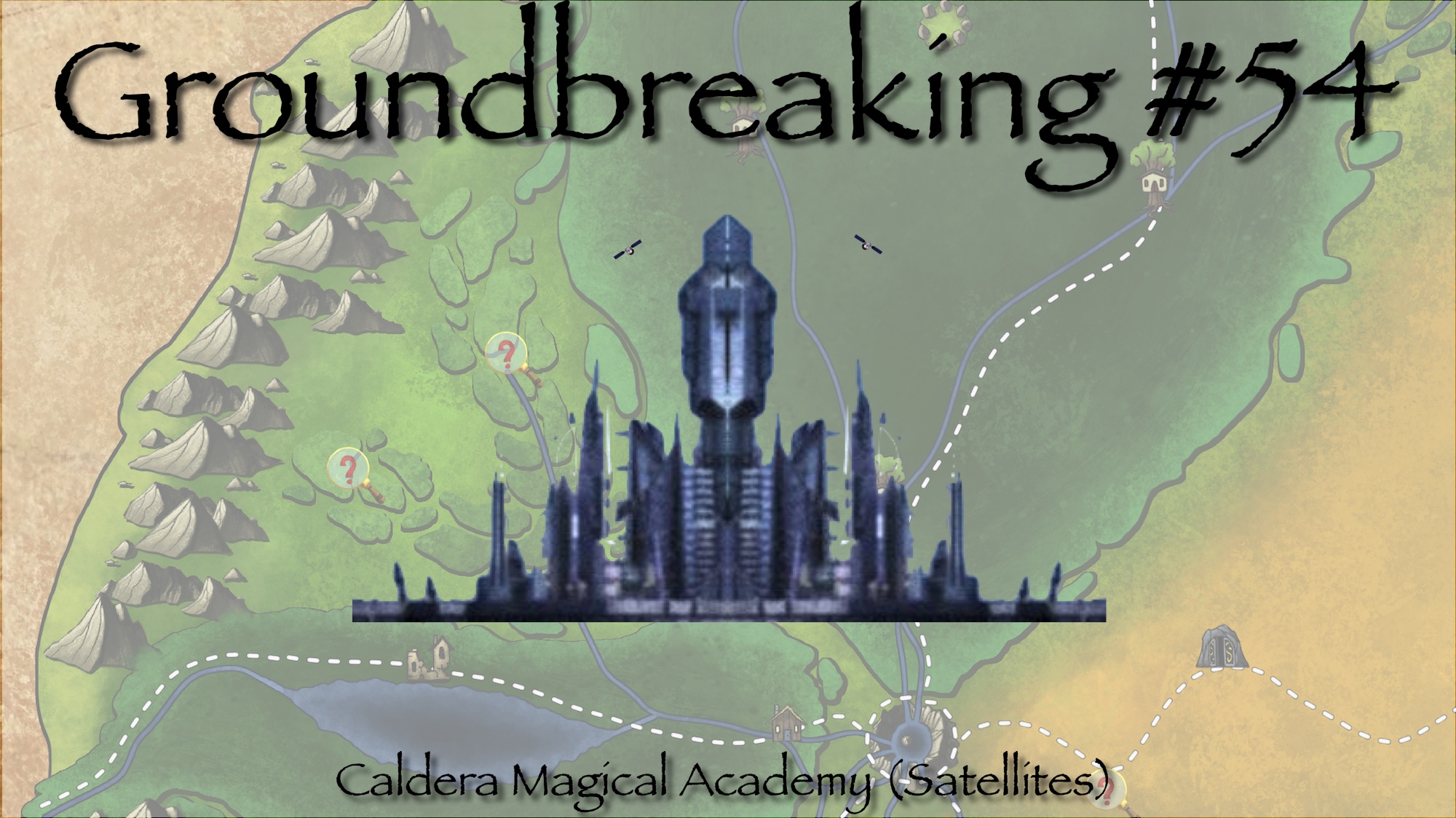To the untrained eye, the desert to the east is dry, bare, and void of life. Speak to anybody that has travelled there and you will hear plenty of warnings to the contrary, especially if you don’t look underground.
Here we are, back for more Groundbreaking. Randal here, making sure not to neglect the Caldera Basin while preparing for GenCon 2018. Today we are going to take a glance at the topography of the eastern desert. In my mind, it is very similar to the majority of Nevada, a flat, desolate place with little rain but plenty of activity below.
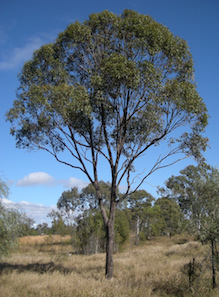 The general lay of the land in this desert is flat and empty, with occasional copses of hardy trees such as willow and eucalyptus. During the summer the average daytime temperature are in the 80s (F) with heat waves that can reach 100 (F), while generally dropping 30 degrees at night. During the winter, the average daytime high is in the 40s (F) while the lows are well below freezing, and these temperatures often drop lower during cold snaps. These extreme temperatures (both seasonally and daily) combine with the lack of moisture to create an environment that requires its inhabitants to be hardy, able to cover large distances for food and water, or live underground. If you aren’t familiar with terrain like this, the idea behind this is pretty straight forward. Hot in the summer and freezing in the winter, but only directly deadly if stuck in a heat wave without water or caught out at night without warmth or cover from winds. Getting lost for a week without (finding) water is likely to be fatal, just as being lost in a snowstorm is likely to freeze you to death.
The general lay of the land in this desert is flat and empty, with occasional copses of hardy trees such as willow and eucalyptus. During the summer the average daytime temperature are in the 80s (F) with heat waves that can reach 100 (F), while generally dropping 30 degrees at night. During the winter, the average daytime high is in the 40s (F) while the lows are well below freezing, and these temperatures often drop lower during cold snaps. These extreme temperatures (both seasonally and daily) combine with the lack of moisture to create an environment that requires its inhabitants to be hardy, able to cover large distances for food and water, or live underground. If you aren’t familiar with terrain like this, the idea behind this is pretty straight forward. Hot in the summer and freezing in the winter, but only directly deadly if stuck in a heat wave without water or caught out at night without warmth or cover from winds. Getting lost for a week without (finding) water is likely to be fatal, just as being lost in a snowstorm is likely to freeze you to death.
The few paths that lead through this high plains desert traverse these desolate regions because it makes for quick and easy travel to the eastern region of the basin, even if extremely boring. If one travels prepared for the temperature swings, travel is rather safe during the day. Most creatures are easy to spot approaching across the open land, if they are even out during the day. At night, creatures that are likely to attack humanoid travellers are usually off hunting smaller prey. There are a series of campsites that have been used and reused over the years are spaced such that riders typically reach them every night or two, and have been chosen or fortified by locals as defensive positions against the elements and predators. While caravans are able to use their wagons for defense, there are a lot of hunters, trappers, couriers, and other travelers that are going to travel regularly to the lands further east. Over time, their favorite spots would have pretty worn firepits and likely some petrified wood for sitting on or against, as well as perhaps tying up horses or hanging goods from. Rock outcroppings and overhangs would make great candidates, as would the few trees that manage to grow along the trade routes.
Although the area looks barren from the beaten paths, there are a number of areas that either have water (river, stream, underground) or some respite from the constant sun overhead (ravine or the like). These areas are usually teeming with plant and animal life, and are often where the roaming animals go to get their water or mate. Aside from the occasional game animal (elk, moose, bear) and a family of dire bears, there are only a handful of creatures larger than a wolf that are said to be in the area. While rumors claim that a chimera lives in the south-eastern reaches in a hidden grove of willows at the bottom of a ravine, there are numerous reports of man-sized flies and horse-sized scorpions. These reports are from those that stray to the north, or from people that know of people that disappeared to the north. Few people have encountered them, and even fewer have killed them, so trying to explain how creatures of such size exist in the region has always been a mystery. Even the most extreme desert has life, and I didn’t really want to get into the nitty gritty, but instead wanted to provide info on the odd sightings. The source of the giant flies and scorpions will get hinted at in the future, but I think I want them to be one of the mysteries of the region.
While activity on the surface is hard to find, there is quite a bit of activity below. Both dwarves and gnomes have a presence in various underground locations. The dwarves mine mostly for quartz, with a single nickel vein, but there are rumors that they have found some gold and emerald in the area. For the most part, the dwarves stick to the lava tubes that were created in the time leading up to the volcano blast. Since exploding, the magma has receded deep into the crust and shows no intent of rising anytime soon. Although a single clan, they have kept the true value of the area to themselves and have thus far managed to keep it to themselves. Their primary enemy is a particular elusive nest of giant scorpions that they have yet to find and eradicate. While they keep their tunnels and dig sites private, the dwarves have a friendship with a local group of gnomish monks that are known for their magic school, one that specializes in illusions and divination. The gnomes arrived shortly after a mine flooded while digging too close to the water under the caldera, wishing to buy the abandoned cave system from the dwarves for their school. As the mine had shown to be more trouble than it was worth, and had caused the death of a clansman, they were happy to part ways with it for any price … but they were shocked then gnomes paid top dollar. It turns out that nickel and emeralds are found near volcanoes, and that gold is apparently formed when a magma chamber intrudes into water or water logged formations. Thanks Google!
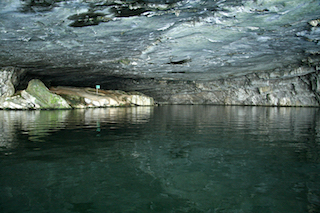
The Rumor Mill
Each of the following rumors can be learned by spending an hour or more gathering information from locals. The DC listed is the target DC to determine if the rumor is true (T), false (F), or nobody knows (?).
The Desert
DC 10 – (F) The flies and scorpions are giant due to dead carcasses they live near.
DC 15 – (F) The hidden and lush groves of trees in the reaches are druidic secrets.
DC 20 – (?) The dwarves have many hidden entrances and exits to their mines.
DC 25 – (T) There is a chimera prowling the southern and eastern reaches of the desert.
DC 30 – (T) There is a crossroads above a ley line nexus that causes magic to go haywire.
The Mines
DC 10 – (T) The lava tubes are expansive, covering much of the basin.
DC 15 – (F) The lava tubes are infused with fey magic that is causing giant vermin.
DC 20 – (F) The dwarves and gnomes are performing experiments on vermin.
DC 25 – (T) The gnomish monks are protecting a sacred place of visions.
DC 30 – (?) The dwarves have found a new ore that nobody has ever mined before.
Please keep the name ideas coming in to our Discord server https://discord.gg/Rt79BAj. After we get a handle on all of the locations, I will be picking names from those submitted to help flesh out the history of the region!

